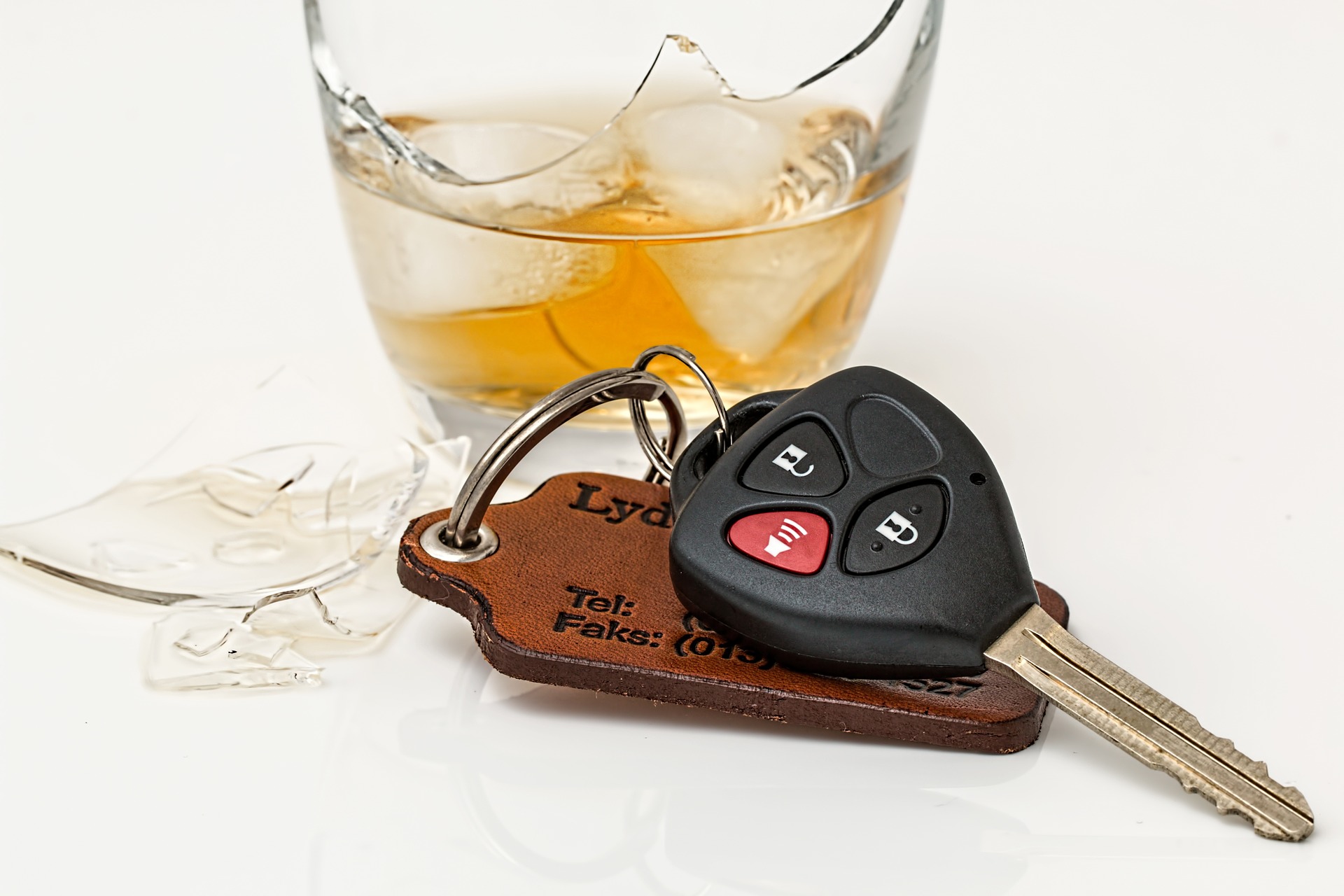The Many Forms of Impaired Driving
by: Ursula Nizalowski
‘Impaired driving’ reminds most of us of drunk drivers or those under the influence of drugs. These conditions are not the only forms of impaired driving that exist. . Some involve drivers dealing with a chronic medical issue. Others involve sleepy drivers or distracted drivers. Thus, ‘impaired driving’ is more of a broad term. It describes any situation where a person is not able to maneuver their vehicle well due to some internal and/or external factor. For your own safety it’s important to recognize various forms of impaired driving.
Alcohol Consumption
Facts: According to the Center for Disease Control (CDC), “10,497 people died in alcohol-impaired driving crashes” in 2016 alone. On top of that, 17% of the traffic deaths among children in 2016 involved a driver impaired by alcohol.
Signs: It’s common to envision a drunk driver as being someone who’s had multiple alcoholic drinks. Yet all it takes is one drink to affect the driver. Erratic drivinga and bloog shot eyes are two common traits of drunk drivers, as stated by the law firm Gordon, Elias & Seely.
How To Prevent It: Taking a sobriety test is an easy way to determine if the driver’s Blood Alcohol Content (BAC) is above what is considered legal for driving in one’s state. Another strategy to prevent drunk driving is through treatment programs for those with drinking problems. Interventions from the public as well as the driver’s loved ones can also help.
Taking Drugs
Facts: Much like alcohol, being impaired on drugs can lead to accidents. This includes both legal drugs and illegal ones, which account for “16% of motor vehicle crashes” the CDC states.
Signs: Depending on the drug, it can affect one’s driving skills. For instance, Gordon, Elias & Seely says, “Street drugs like heroin and cocaine impair the judgment and reflexes.” Some prescription drugs “caution patients not to drive or operate heavy machinery while taking the medicine”.
How To Prevent It: There are strategies that individuals can use to prevent driving by individuals under the influence of drugs or alcohol. The National Institute of Drug Abuse (NIDA) suggests that someone offer “to be a designated driver.”
Too Many Distractions
Facts: Because drivers deal with various elements, they can sometimes be overwhelmed by them. Too many distractions can be deadly. “In 2019, more than 3,100 people were killed in accidents attributed to distracted driving” according to the Federal Communications Commission.
Signs: When a driver isn’t looking at the road, that means they’re not paying attention. This can lead to dangerous consequences. Even seemingly harmless activities like “Eating, talking to the passengers in the car, and applying make- up” are considered distractions as said by Gordon, Elias & Seely.
How To Prevent It: Though a designated driver isn’t required, it’s up to the passengers to make sure their driver isn’t distracted while driving. Some simple rules like not texting while driving or not using wireless devices can go a long way towards a safer ride for the driver and the passengers.
Medical Issues
Facts: One of the less talked about causes for car accidents involves individuals with medical issues. Ranging from heart disease to cataracts, such impairments have caused some states to “place restrictions or limitations on the driver license of a person with a pre-existing medical illness” as stated on Lorenzo & Lorenzo’s website.
Signs: The severity of the medical issue can affect one’s driving. For example, someone with cataracts won’t be able to see things clearly. Having diabetes can lead to a bunch of problems if it’s not motored closely such as shortness of breath or fainting.
How To Prevent It: Apart from state restrictions, other measures can be used to make sure that people with medical conditions are safe while driving. For instance, assessments from rehabilitation specialists after they’ve had a stroke are helpful. It also wouldn’t hurt to closely monitor the person’s condition, lest they be considered liable for causing an accident.
Dozing Off
Facts: While it’s not as common compared to the previous examples, impaired driving can also happen if the driver is exhausted and on the verge of falling asleep. In fact, being awake for 18 hours “changes the brains reactions to the same level as driving with a .05 blood alcohol level” Gordon, Elias & Seely bring up.
Signs: Like being inebriated, a clear indicator of drowsiness is erratic driving. Others include “Making poor decisions” and “Experiencing ‘tunnel vision’” according to the National Institute for Occupational Safety and Health (NIOSH).
How To Prevent It: Make sure to get plenty of sleep, or at the very least take breaks every 90 minutes.
For any accidents that do occur, though, be sure to contact attorney Rick Wagner.

